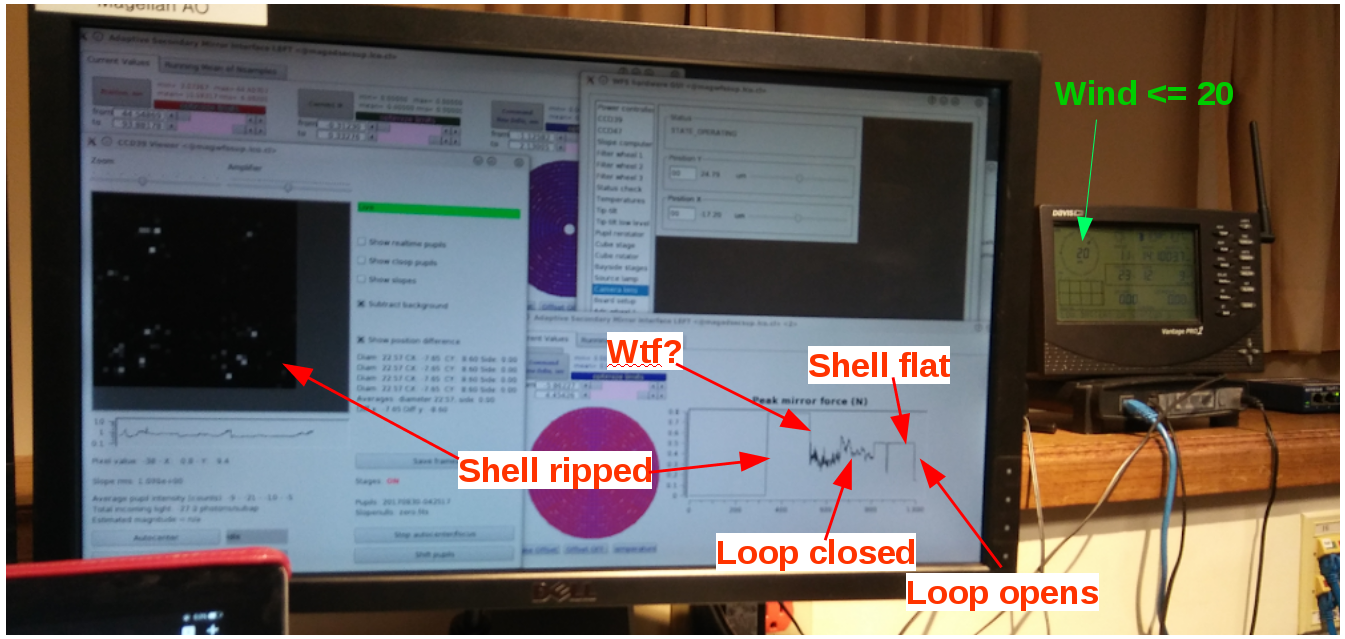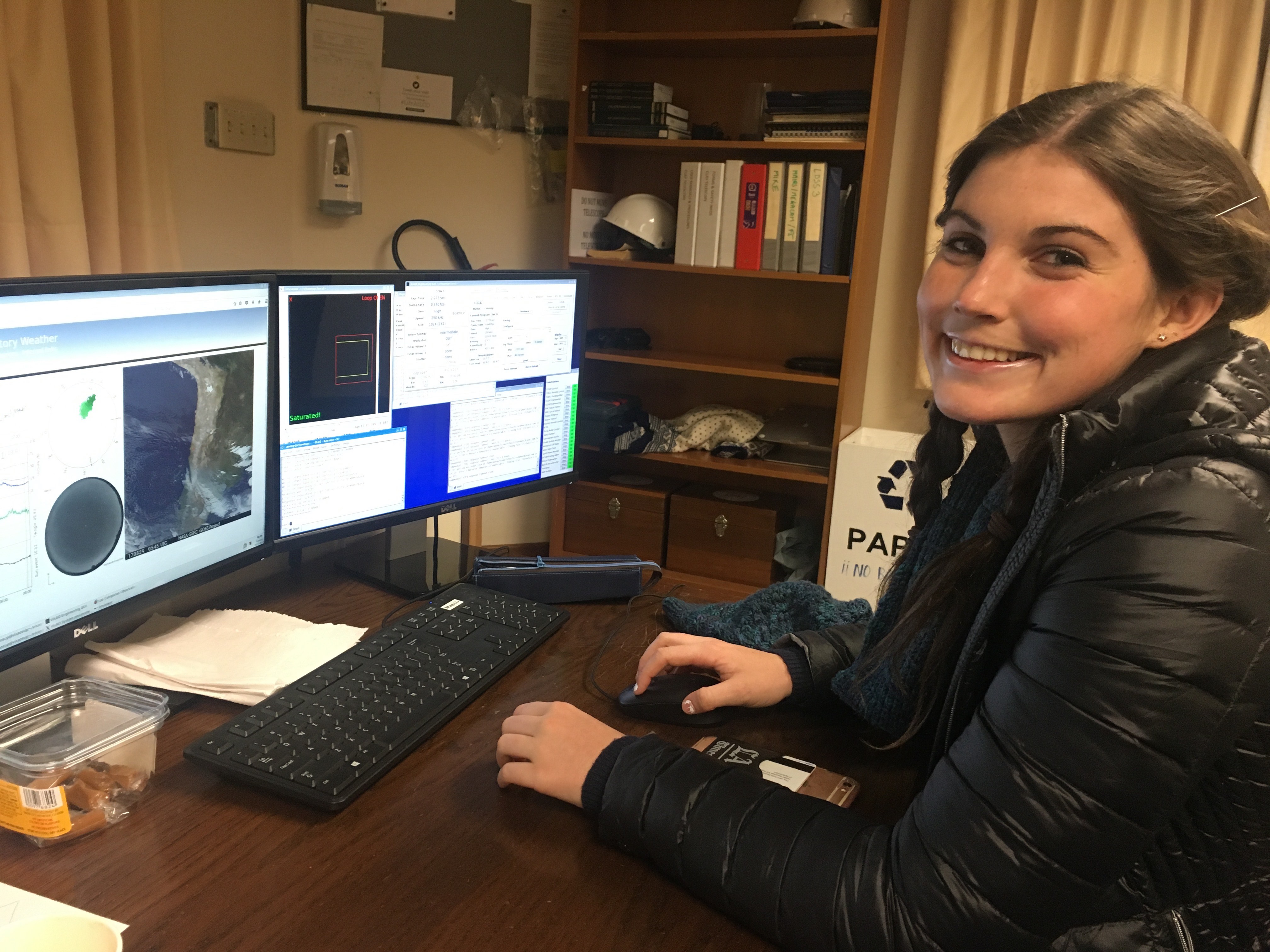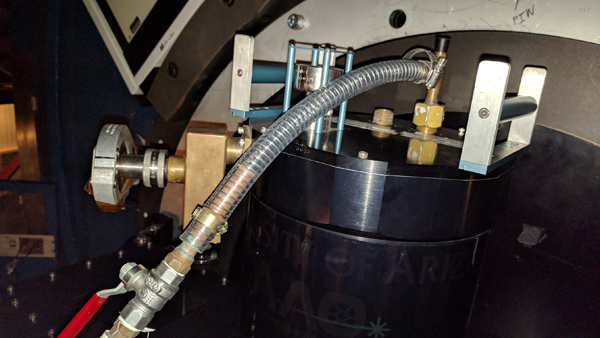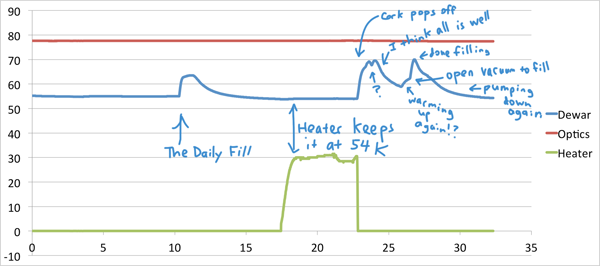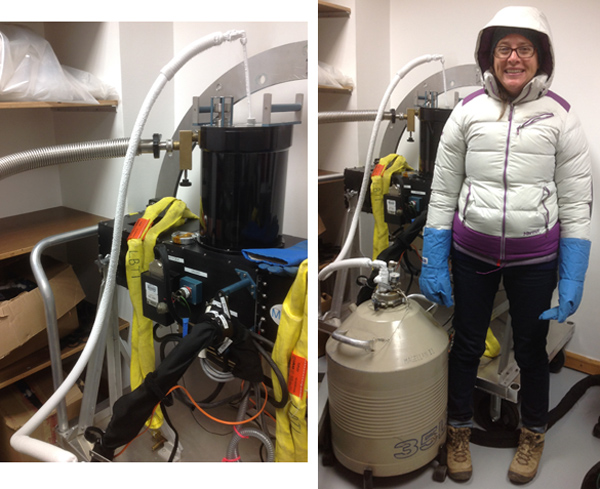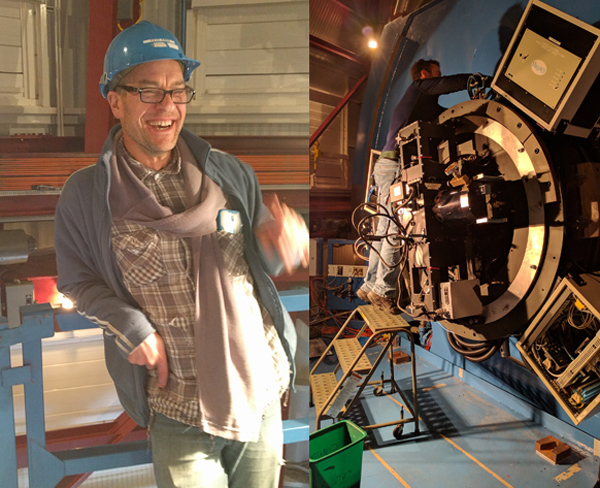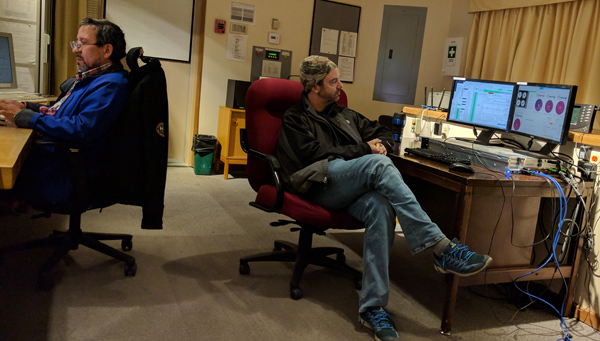After two summers of working with Kate, she let me (an undergrad who has never been observing before) come with her to LCO. In short, this might be the most beautiful place I’ve ever been, viscachas are my new favorite animal, and I’m realizing more and more how little I know. (According to Kate, knowing what you don’t know is one of the steps on the path from novice to expert, so I’m making progress.)
I’ve spent the past two summers reducing MagAO data, and have been getting by with nothing more than a basic knowledge of the data reduction pipeline and enough background to briefly explain to someone sitting next to me on an airplane what I’m doing with my life. Since getting here, I’ve realized that all of the instrumentation is slightly more complicated than the 10 second explanation’s I’ve memorized over the past year, but everyone here has been so patient with me and has explained everything so well. I’ve learned much more than I could’ve hoped to.
Kate has even let me drive visao and, while it took some getting used to, I’ve gotten pretty good at pressing “Enter” (grad schools please accept me). It’s been pretty cool fully realizing that astronomical data doesn’t come straight from a hard drive, and that the little blobs of light in all the images actually are stars. Everything has become so much more real.
As far as tonight goes, things have been quite cloudy so we had to stop taking data pretty early, but before then I did get to see the very large telescope spin very quickly to follow a star with a very sharp transit.
The only thing that could add more pressure to writing this blog post is having to pick a song to go with it. Also, the wifi is down on the mountain which isn’t much help.
It is way past my bedtime.
